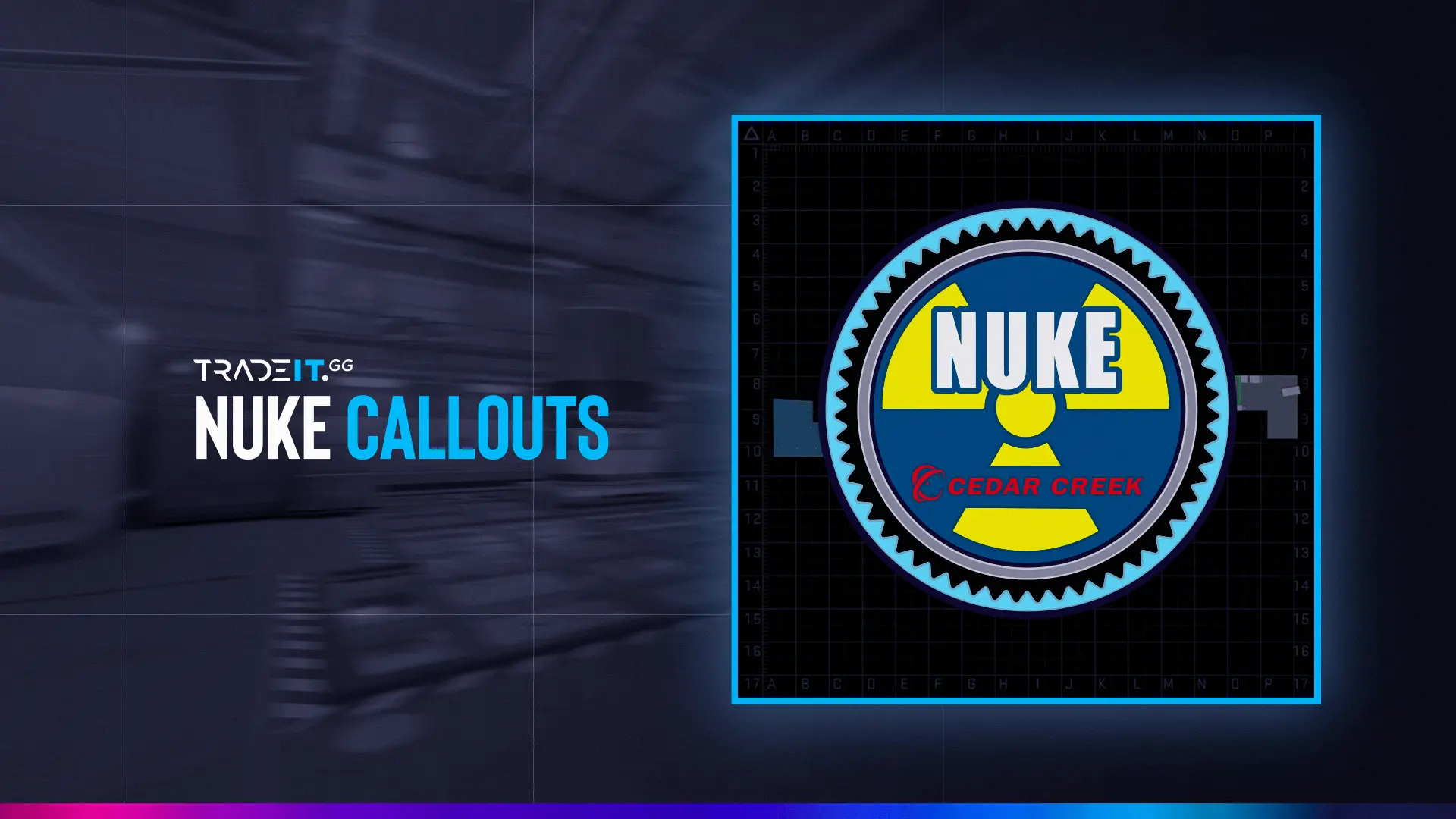Online Banking Insights
Your go-to source for the latest news and trends in online finance and banking.
Nuke Secrets: Navigating the Blast Zone Like a Pro
Discover expert tips and tricks for surviving and thriving in a nuclear blast zone. Uncover secrets no one wants you to know!
Understanding Nuke Blast Zones: What You Need to Know
Understanding Nuke Blast Zones is crucial for both public safety and emergency preparedness. When a nuclear explosion occurs, the immediate effects can be devastating, and knowing the different zones can help you assess risk and take appropriate actions. The zones are typically categorized as follows:
- Ground Zero - The area closest to the explosion, experiencing the most extreme destruction.
- Blast Zone - Surrounding Ground Zero, this area suffers significant force and thermal radiation.
- Radiation Zone - Affected by radioactive fallout, this zone extends much further than the blast zone itself.
The implications of living in or near these Nuke Blast Zones can be far-reaching. For survival, it’s essential to have a plan that includes evacuation routes and access to emergency services. Communities near nuclear facilities often conduct drills to ensure that residents know the safest actions to take. Additionally, having a well-stocked emergency kit can provide peace of mind. In conclusion, understanding these zones and being prepared can make a significant difference in the event of a nuclear incident.

Counter-Strike is a highly competitive first-person shooter game that has captivated players since its inception. One of the unique aspects of the game is its diverse range of weapons, including melee options like the kukri knife cs2, which adds a strategic element to gameplay. Players engage in intense team matches, utilizing tactics and teamwork to outsmart their opponents.
The Science Behind Nuclear Explosions and Their Effects
The science behind nuclear explosions encompasses a complex interplay of physics and chemistry. At the core of a nuclear explosion is the process of nuclear fission, where heavy atomic nuclei, such as uranium-235 or plutonium-239, are split into smaller nuclei, releasing a tremendous amount of energy. This chain reaction occurs in a matter of microseconds, resulting in an explosive yield that can be comparable to thousands of tons of TNT. The effects of this explosion extend beyond the immediate blast radius, generating a shockwave, intense heat, and lethal doses of radiation.
The aftermath of a nuclear explosion can lead to catastrophic consequences for both the environment and human health. Significant phenomena include:
- Blast Wave: A powerful shockwave that can flatten buildings and cause severe injuries.
- Thermal Radiation: Intense heat leading to third-degree burns and igniting fires over vast areas.
- Radiation Fallout: Radioactive particles that can contaminate air, water, and soil, posing long-term health risks.
Understanding these impacts is crucial for disaster preparedness and risk mitigation.
What to Do in the Event of a Nuclear Attack: A Step-by-Step Guide
In the unfortunate event of a nuclear attack, it is crucial to remain calm and follow a structured plan to ensure your safety and the safety of your loved ones. First, seek immediate shelter in a sturdy building, ideally one with a basement or an interior room that can provide maximum protection from radiation. If you're indoors, stay inside and close all windows and doors to limit exposure. Second, make sure to have an emergency supply kit ready, which should include items such as water, non-perishable food, a battery-powered radio, a flashlight, extra batteries, and essential medications.
Once you are sheltered, tune in to official news channels for updates regarding the situation. Third, avoid leaving your shelter until you receive an official announcement that it is safe to do so, as radiation levels could still pose a risk. If you need to evacuate, wear long sleeves and pants to protect your skin and use a mask if available. Finally, stay informed about local emergency plans and participate in community drills so that you can act quickly and effectively in the event of an actual emergency.